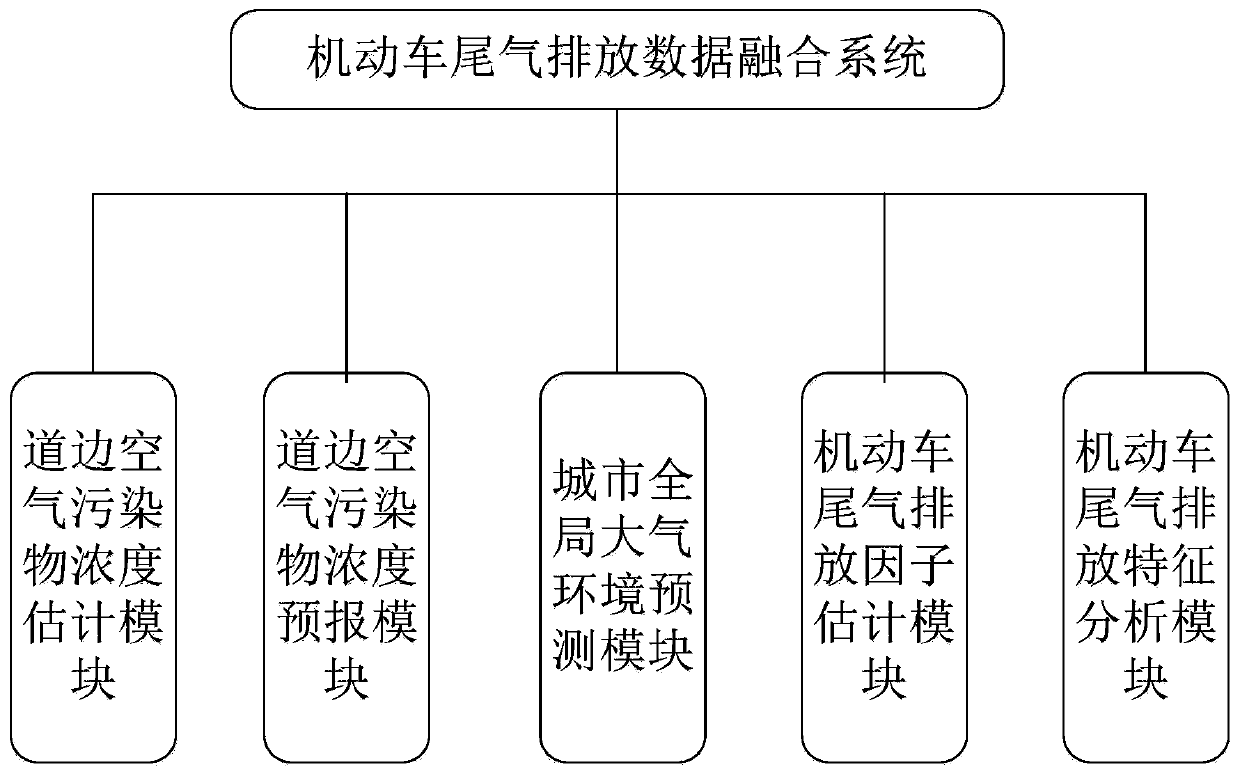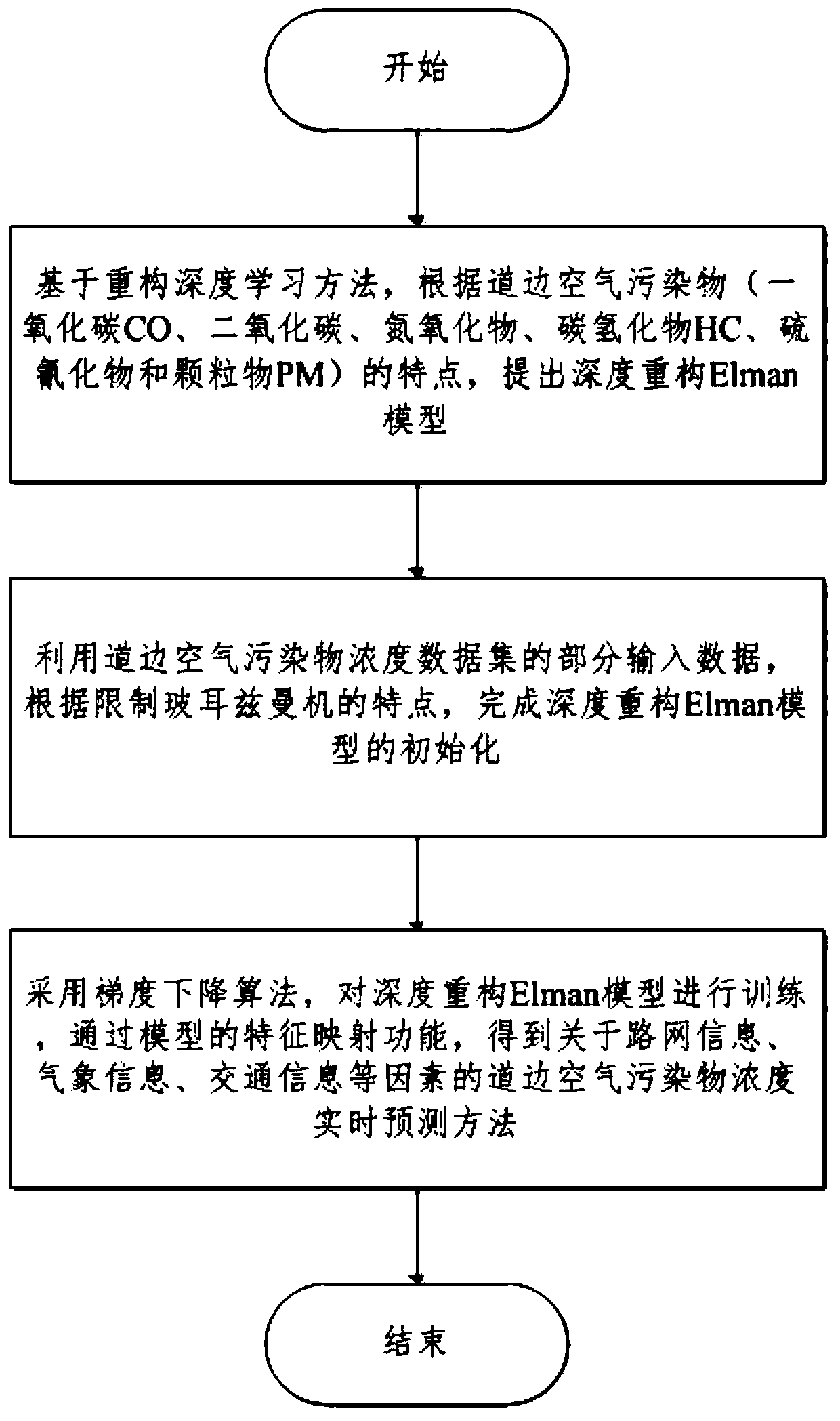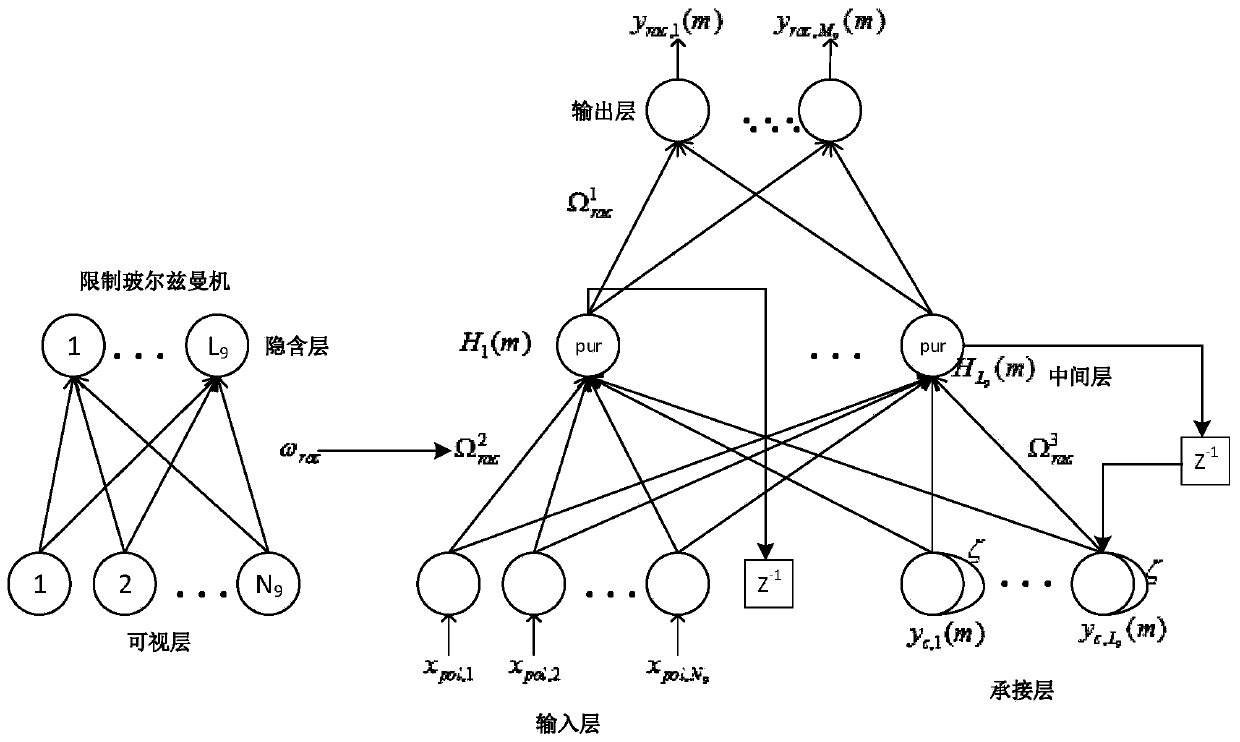This method combines the numerical forecasting method with the statistical forecasting method, and to some extent overcomes the shortcomings of the two forecasting methods when they are used alone, that is, the numerical forecasting method is better for non-heavy pollution periods, but for complex weather conditions. The forecast error of pollutant transport, diffusion, and transformation during heavy pollution periods is as high as 400%; while the statistical forecast method has higher accuracy and calculation efficiency, but is highly dependent on historical data and lacks certain physical meaning
Invention patents "A PM25 Concentration Prediction Method Based on Eigenvector and Least Squares Support Vector Machine" (Application No.: CN201410201739.9), "A Method for Predicting Urban Air Quality Level Based on Multi-field Features" (Application No.: CN201410452557 .9) and "A Method for Predicting the Concentration of Air Pollutants" (Application No.: CN201510767342.0) both realize the forecasting of the concentration of air pollutants at present or at a certain moment in the future based on historical air pollutant concentration monitoring data, but they have a common The problem is: the forecasting method is relatively complicated, the utilization and integration of historical data need to be strengthened, and the generalization ability and forecasting accuracy rate need to be improved
In the calculation process, this method not only needs the speed and acceleration data of the vehicle, but also needs the input of data such as the basic emission factor and the emission rate in the MOVES database, so the calculation process is more complicated; Does not take into account the impact of weather conditions on motor vehicle emissions
[0006] Restricted by economic level and scientific research ability, my country's air quality monitoring work started relatively late. After more than 40 years of development since the 1970s, many provinces and cities in my country have established air quality monitoring systems. There is still a lot of room for improvement in the detection of roadside air pollutant concentrations
The main reasons are as follows: 1. At present, the equipment used to detect the concentration of air pollutants on the roadside is mainly an air monitoring station, which is expensive and can only be equipped with a limited number of stations in the city. and the surrounding environment are complex, the feasibility of real-time prediction of roadside air pollutant concentrations in various areas of the city through detection equipment is very low
2. Based on the low feasibility of comprehensive detection of equipment, scholars from various countries try to solve this problem through prediction methods. At present, in the research on the concentration of roadside air pollutants at home and abroad, the methods adopted are mainly divided into two categories: 1. Gaussian model and Subsequent series of line source models based on Gaussian model, as described in "Urban Traffic Planning Theory and Its Application" (Southeast University Press, 1998) by Wang Wei et al. Different models, and the accuracy of the model for complex roads is not high; 2. Roadside pollutant concentration detection based on neural network, such as Yang Zhongzhen et al. in "Neural Network Based Road Traffic Pollutant Concentration Prediction" (Jilin University Journal (Work ), 2007, No. 37), this type of method can identify the simple nonlinear relationship between the input and output data, but it has great limitations in learning the more essential feature mapping between the input and output data. Each neural network can only represent the relationship between one pollutant and the input, which has great defects in real-time and mobility
[0007] Although the domestic remote sensing monitoring method has slowly begun to develop and popularize, its follow-up work is still relatively blank
Although relevant data platforms have been established in many places, the data storage is scattered, cannot be effectively combined, and has not been managed uniformly
At the same time, the obtained data lacks diversity and is not closely integrated with data such as car owners, real-time weather, and current road conditions.
All of these have caused great difficulties for subsequent data analysis and environmental protection policy proposals.
 Login to View More
Login to View More  Login to View More
Login to View More 


